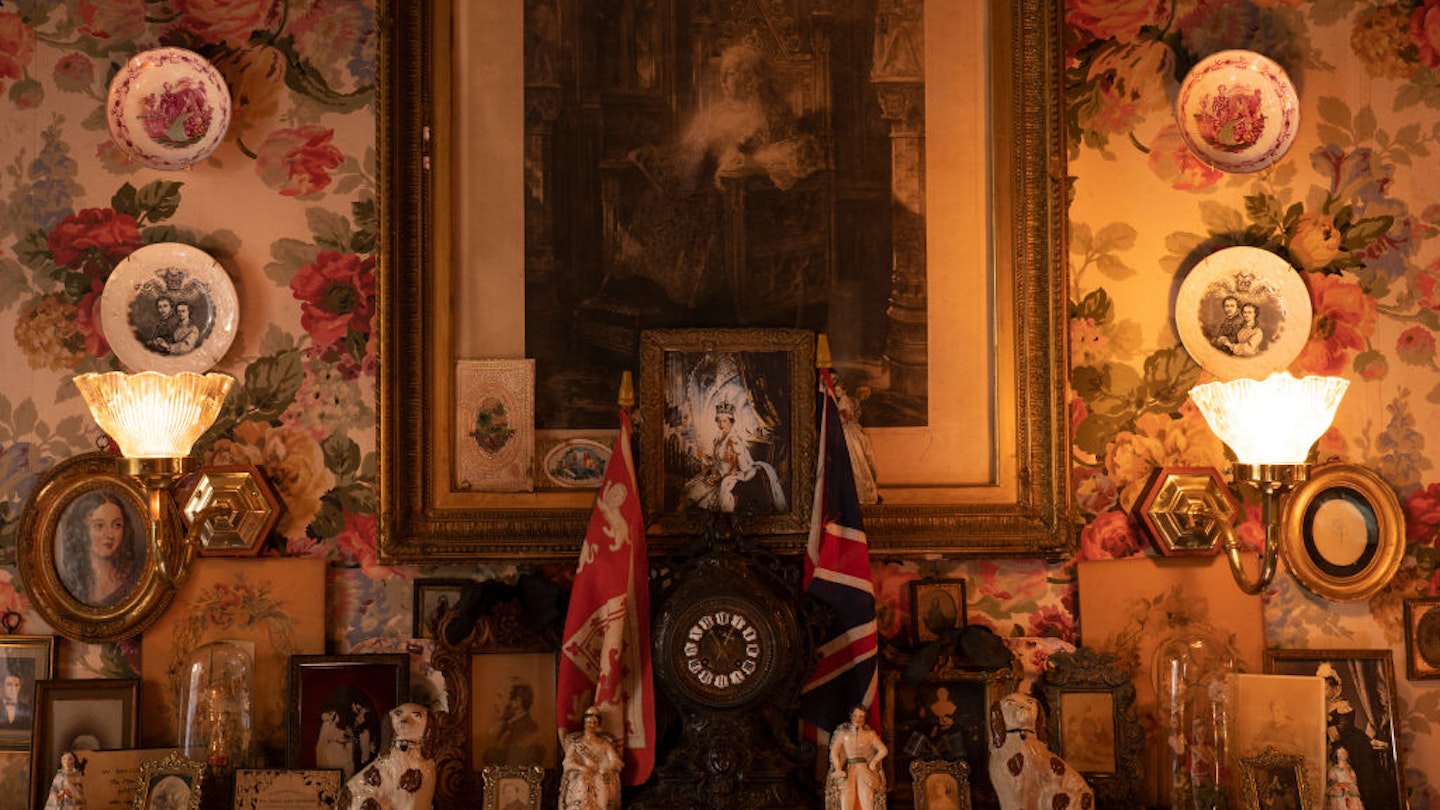London-based writer Séamas O’Reilly explains why he thinks travelers should skip the landmark Buckingham Palace and instead immerse themselves in one of the city’s most eccentric homes.
It’s sometimes hard to be a tourist in your own city, but the best thing you can say about London is that it makes this easy by basically being 12 cities stapled together.
The sheer variety of things on offer can prove daunting— even to those who have accumulated some degree of local knowledge. This variety can be even more overwhelming when your main motivation to explore the city is during visits from friends and family. They usually wish to see iconic sites that are familiar from television and film, places so renowned they feature on tea towels and fridge magnets.
In such instances, I recommend skipping the usual headline attractions and exploring what this ancient city has to offer beneath the surface.
What to Skip
In all my years of living in London, the number one attraction visitors have requested is Buckingham Palace. This is unsurprising since it is arguably the most famous house in the world.
After the passing of the late Queen Elizabeth II, it may be tempting to visit the palace that served as the seat of her reign for the past 70 years: the grandeur of its columns, the pristine gardens, and the pomp of the changing of the guards.

Unfortunately, tourism has made this experience a shared one, and trips to Buckingham Palace can often be crowded, delivering the same memories and photos as countless visitors before you.
Moreover, the palace is only open for visits from the end of July until the start of October, which means that for most of the year, you’ll find yourself peering from a distance of several hundred meters.
What You Should Do Instead
If you truly want to see inside an incredible English home, there’s one I highly recommend. Dennis Severs’ House never housed a royal family but instead reflects the lives of various unknown individuals throughout history, culminating in the vision of the eccentric artist who devoted his life to reviving the home’s history.
Located at 18 Folgate Street, this was an unassuming brown-brick terraced house when Severs acquired it in 1979. He undertook a meticulous restoration aimed at showcasing the many eras of its former occupants.

Severs envisioned his home not merely as a historical document but as a “still-life drama,” evoking the various periods of life for its imagined former inhabitants. He conceptualized a family of Huguenot weavers “living there” from 1725 to 1919, meticulously crafting their daily experiences within the walls. Walking through this captivating space is one of the most enchanting experiences that London has to offer, allowing you to traverse through 18th and 19th-century life, room by room.
As you move quietly through the house— you are encouraged to maintain silence to enhance the experience—each room bursts with period detail. Surfaces are adorned with pipes, pamphlets, and assorted bric-a-brac, offering the sights, scents, and sounds of an extraordinary world transformed by attention to detail. You’ll feel as though you are witnessing the remnants of a life just departed, with half-made meals and unmade beds creating an atmosphere of authenticity.
Furthermore, the fact that Severs conducted these restorations while residing in the house adds a poignant layer to the experience. The unmade bed you just passed was indeed his. Following his death in 1999, the house has been preserved in this condition, resulting in a captivating blend of contrivance and restoration, history and narrative. It transcends being merely an artifact or performance piece— it is a remarkable fusion of both. It is no wonder that David Hockney referred to it not as a museum but as “one of the world’s five great works of opera.”

A visit to Dennis Severs’ house leaves one enchanted and invigorated, as the past immerses you in the present, making the ordinary extraordinary. While you may not leave with photographs— as capturing images is understandably forbidden— you’ll carry vivid memories to share for a lifetime.
Plan Your Visit
Silent visits cost £15 per person and are offered on Saturdays and Sundays. Tickets are generally available at the venue. This unique attraction will surely enrich your appreciation of London’s rich cultural heritage.




